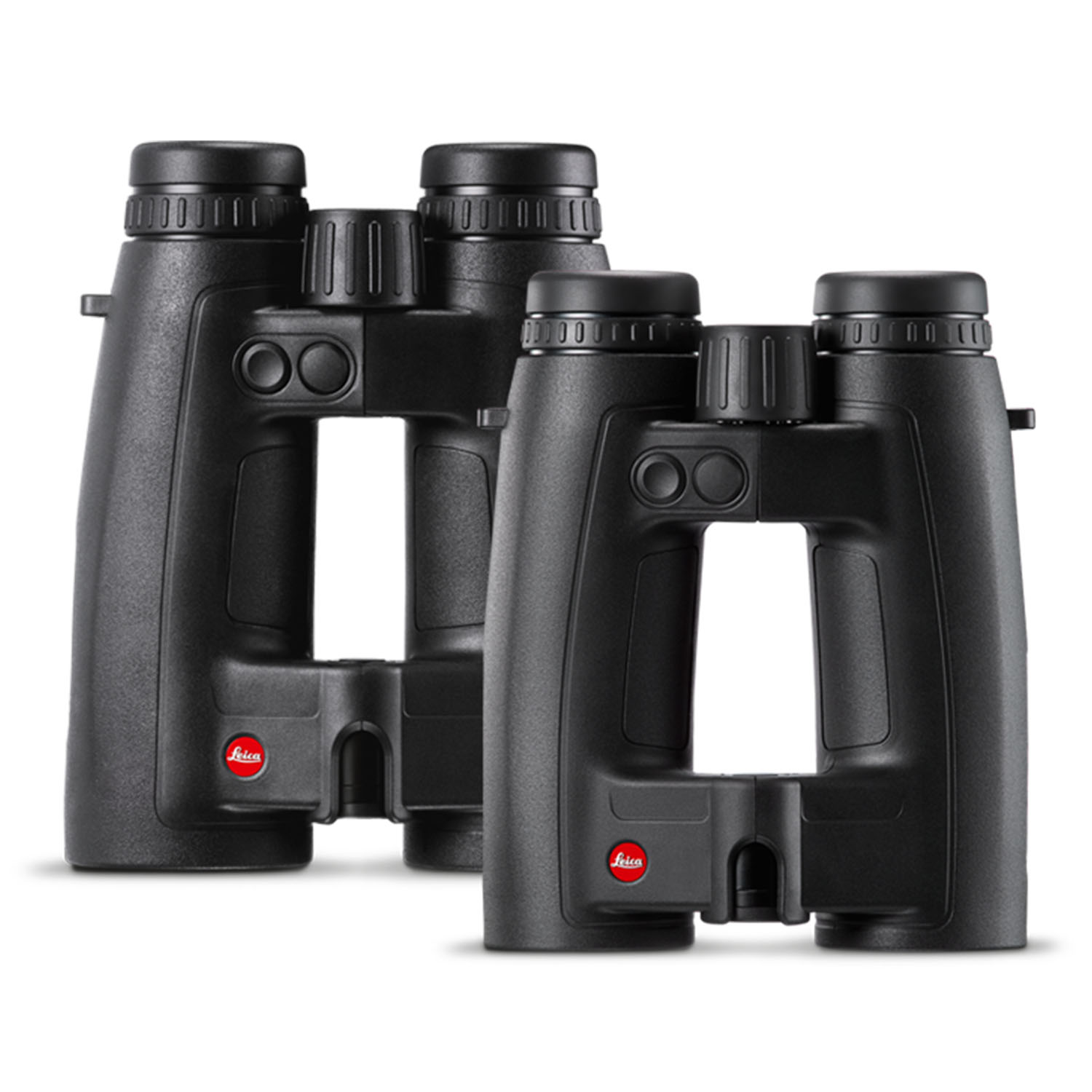
In this review, I will provide a thorough analysis of the Nikon 50mm f/1.8G lens, along with image samples and comparisons against other 50mm lenses such as Nikon 50mm f/1.8D, Nikon 50mm f/1.4G, Nikon 50mm f/1.4D and Sigma 50mm f/1.4 EX DG HSM. The lens retains the 7-blade diaphragm, which can result in heptagon-shaped bokeh at large apertures above f/2 (see bokeh examples below). On DX sensors, the lens is equivalent to a 75mm lens, which is perfect for portraiture, but a little too long for other types of photography. The lens is designed to work on both Nikon FX and DX sensors, although it is certainly better suited on FX sensors for everyday photography. Just like the older AF-D cousin, the Nikon 50mm f/1.8G also has Super Integrated Coating, which helps reduce lens flare and ghosting.
#NIKON LENS FILTERS 3200 MANUAL#
In addition, the AF-S motor gives the ability to use autofocus with a manual focus override, which you cannot do on any of the AF-D prime lenses.

In addition to the above-mentioned optical improvements, the lens incorporates silent wave motor (AF-S), which not only provides near silent focus operation, but also allows the lens to be fully used on entry-level DSLRs such as Nikon D3100 and Nikon D5100 (the older Nikon 50mm f/1.8D cannot autofocus on entry-level DSLRs without a focus motor). Thanks to the improved optical design and larger lens barrel, the front lens element does not extend or rotate during autofocus operations, which makes the lens more durable and also makes it easy to use circular filters and filter holders. The Nikon 50mm f/1.8G is the first Nikon 50mm lens that comes with an aspherical element even the more expensive and higher-end Nikon 50mm f/1.4G does not have one. Compared to the AF-D version that has 6 optical elements in 5 groups, the new 50mm f/1.8G has a modified optical design with 7 optical elements in 6 groups, one out of which is an aspherical element (reduces coma and chromatic aberrations). The Nikon 50mm f/1.8G replaces the older Nikon 50mm f/1.8D lens (introduced in 2002). Its large aperture of f/1.8 is great for low-light photography and the shallow depth of field helps isolate subjects from the background, beautifully rendering the background highlights, also known as bokeh. The Nikon 50mm f/1.8G is a consumer-grade lens for enthusiasts and seasonal pros that need quality optics of a fixed portrait lens at an affordable price point. This is an in-depth review of the much anticipated Nikon 50mm f/1.8G prime lens that was announced in April of 2011.


 0 kommentar(er)
0 kommentar(er)
